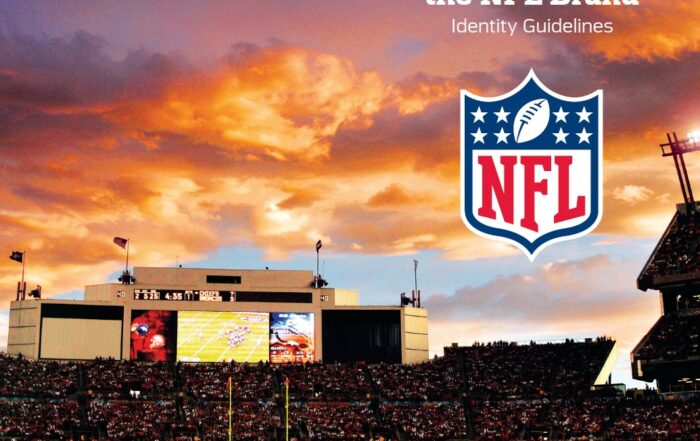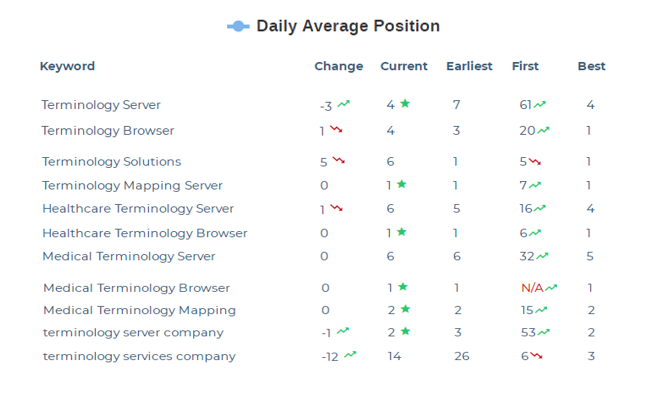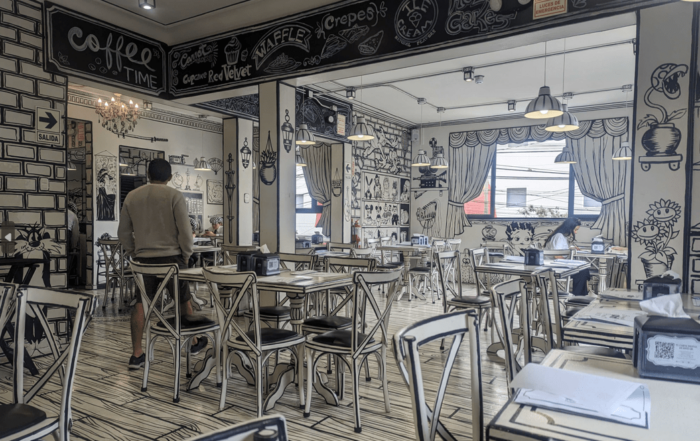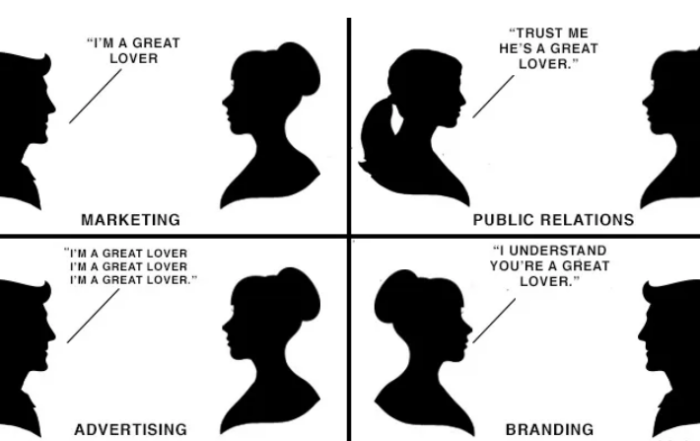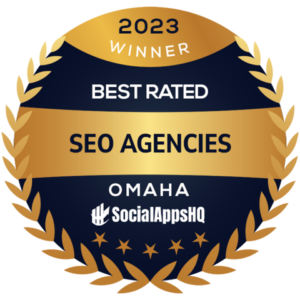Your company’s logo is a core element of your brand identity. Once it’s set and your brand image is ingrained in the public consciousness, it’s hard, if not impossible to change.
3M learned this lesson the hard way when they famously changed their logo from iconic red to blue. The company strangely started to flounder, despite no appreciable changes in the product line or corporate practices. Millions of dollars were spent researching what could be done to improve their logo, and in the end what they discovered was that their customers, clients, and the public at large preferred their original red logo.
The key lesson to take away from 3M’s costly blunder is that you need to get your logo right the first time, because you can’t easily change it, without risking the confidence of your client base.
Understanding how the logo design process works will help streamline the process, while further solidifying your brand image.
Step One: Understand Your Industry & Your Competition
If you go to a full-service ad agency, the first thing they will do is research your industry, your niche, and your competition. This is a critical step toward understanding what can set you apart from your competitors. It also spares you the risk of accidentally copying elements of their logo, which might confuse new potential clients into thinking you are a merged entity.
Look at the leaders in your field. What are they doing right, what can you mimic without being derivative.
Ask yourself:
- How does my competitor’s logo reflect their products and services?
- What products and services do we share?
- What products and services are different?
- Identify your demographics. What sort of images, colors, and graphics appeal to them?
- Ask yourself some key questions.
- What adjectives describe your company?
- What emotions do you want your products and services to evoke?
- What emotions and messages appeal to your demographic?
- How can these things be represented visually?
- How can these things be expressed as a tagline?
If possible, set up focus groups. You can draw in a lot of people offering them a free slice of pie and a warm cup of coffee if they’ll give you a half hour of their time to let you pick their brain.
Step Two: Brainstorm In-House & Out
The brainstorming process is a key component for warming up the creative juices. Don’t just limit your brainstorming input to your executives and board members. Give everyone in the company the opportunity to put something forth. You might be surprised, by what the employees on the ground floor come up with.
If anything, it also gives them the chance to feel like they have some degree of agency in how the company works. You might just accidentally boost company morale in the process.
At the same time, you also have to beware of your own home cooking. Try to reach out to third-party sources, like small ad agencies, creative boutiques, and independent contractors in the creative services industry.
If these outside sources come up with something that is in the same vein as what you’ve produced in-house, it gives you confirmation that you’re heading in the right direction. If these outside sources come up with something completely different, ask yourself why, and what you can learn.
Step Three: Identify Where the Logo Will Be Used Most
Where your logo will appear and what it will be printed on is a critical factor to consider, and one that not a lot of in-house designed logos consider until the later stages. Determining logo placement will factor into the different mock-ups you create, the color pallet at your disposal, and the size of graphic elements.
Everyone loves to play with full-color graphics, drop shadows, and subtle elements that show up vibrantly on a computer screen or printed on a brochure. Though those same vibrant colors and detailed graphics might not show up the way you want when they’re embroidered on a company polo shirt, or printed in one color on promotional products, pens, mugs, and hats.
Identifying where your new logo will be displayed in advance, helps reign in outlandish creative concepts in the mock-ups. At the very least it gets your creative services staff considering different iterations of a logo for all the various media where it will appear.
Step Four: Create Mock-Up Logo Options
Once you’ve done your due diligence, identified your target market, found your adjectives, outlined what your competition does best, and what to avoid. You know the primary media where your logo will appear and how it factors into your brand image, you can turn your creative services team loose.
By this point in the process, they’ll be ready to descend upon the task at hand like starving dogs attacking a steak. Chances are good a few of them already have some ideas in mind. Especially if you let them sit in on every step in the process.
Step Five: Filter, Refine & Test Your Options
While you don’t want to limit your creative specialists in the early stages of developing mockups, you also want to limit the number of options you bring in for final approval to less than a dozen. This can be a hard stage for the uninitiated, and you don’t want to risk disenfranchising your creative staff by boxing out all their options.
You can then take that dozen top options and filter it down in-house to the top three to five. Test to make sure that their iterations will print on all the appropriate media. Then open up for confidential feedback from everyone in the company.
Once you’ve refined your options down to three to five of the best mockups, the wisest thing to do is test the logo in focus groups. Here again, inviting people in for a slice of pie and coffee to look over the options and express what they like best is a wise option.
There are also online portals you can go through which lets a select slice of qualified individuals from your demographic groups express their opinions and/or pick their favorites.
Should I Design My Own Logo?
If your company has creative services personnel, who are savvy with graphics software, marketing concepts, and testing, it might be possible for you to save some money by designing your own logo. Though this is a time-consuming process, that takes critical personnel away from other duties within the company. It can be prohibitive for small companies and startups who need to hit the ground running.
If you don’t have in-house creative personnel or experience with graphics software, designing your own logo might be beyond what’s wise. Remember this is a logo that will represent your company for years to come, and getting it right the first time is critical for the long-term success of your brand image.
Fortunately, today there are freelance designers and marketing experts who can lend their expertise to the equation. Rates tend to be more affordable, than the cost of repurposing your own employees. They can keep you in touch with the creative process at every step along the way. Bringing your new logo from concept to creatives, to completion.


